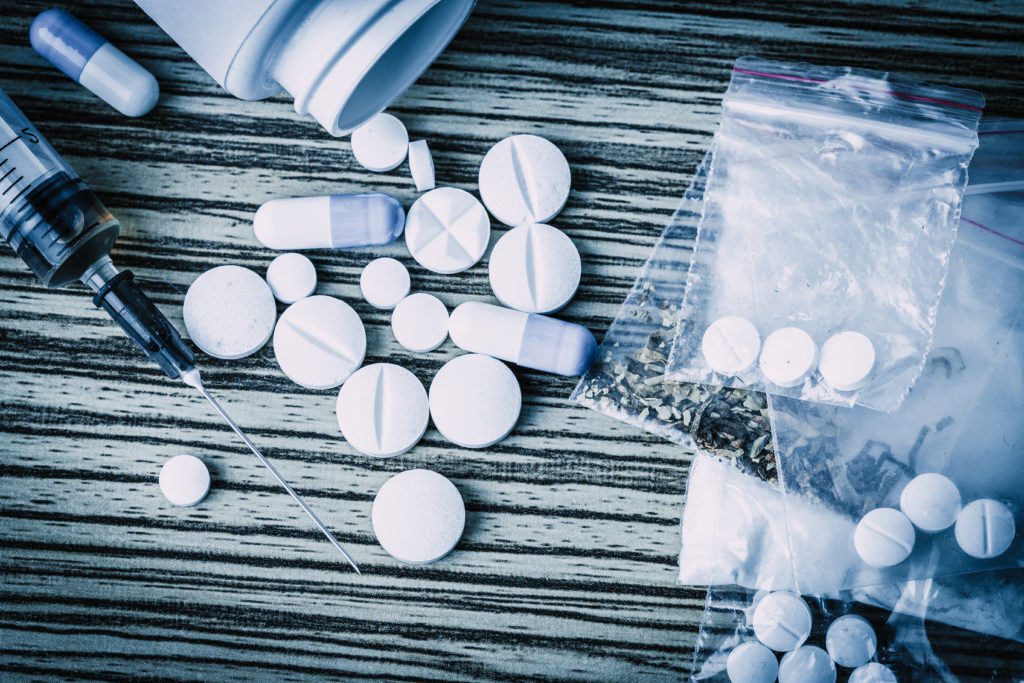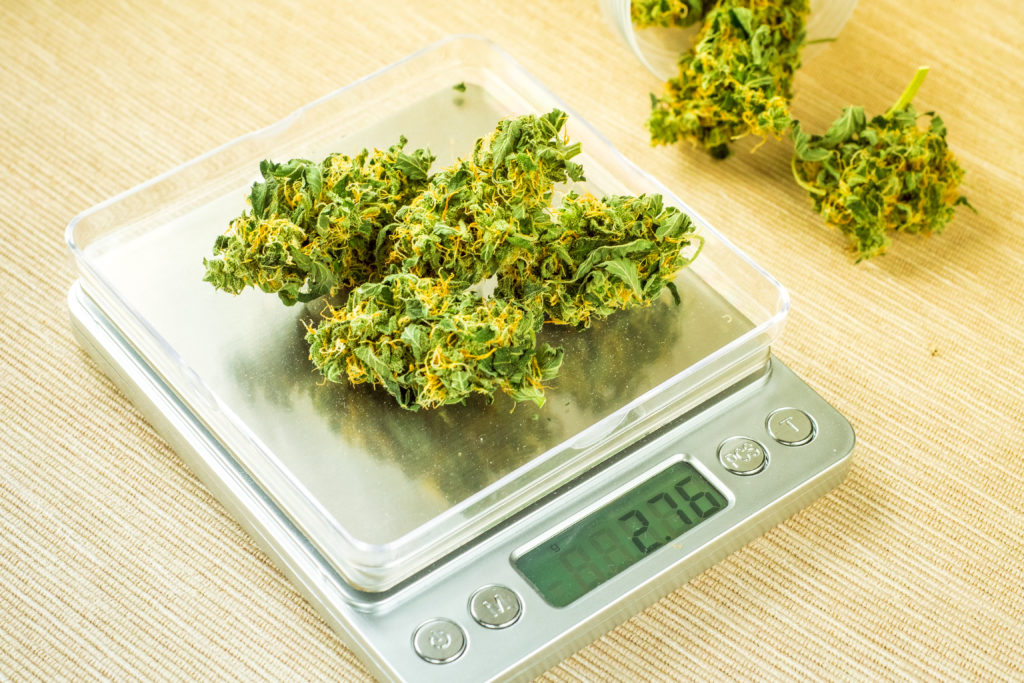
In this piece, we’ll highlight and address just how wasteful and counterproductive the global ‘War on Drugs’ is. With billions spent yearly yielding nought but diminishing returns, it’s an industry that should be put to question and thoroughly criticized. However, to merely criticize without touching on potential solutions is an injustice in itself, we’ll attempt to delve into this important aspect of our discourse.
Consider two states with a history of drug epidemics. One is Ohio in the US and the other is Portugal in the EU. In the case of Ohio, there’s currently a severe issue with its majority white demographic and harsh drugs such as heroin and cocaine. Gruesome pictures attempting to raise awareness have emerged of parents slumped over in vacuous stupors at the helm of their cars as children look on in confusion and stories of school authorities heading to homes only to find overdosed parents aren’t uncommon. Despite this, the United States spent over $36 billion USD in 2015 alone on its war on drugs. Consider that this figure stood at $10 billion in 2010. A startling increase yet one that has yielded meagre results in the grander picture as drug use rapidly increases daily.

When one considers the data as shown above its quite clear a new approach is required. Thus we move on to the second country mentioned; Portugal. They aren’t strangers to the gruelling, tragic nature of a drug epidemic either however the fundamental difference from the USA is the nature in which they approached this problem. Rather than pursue a brute force policy the Portuguese attempted one of education, rehabilitation, individual empowerment and social improvement. In this regard, they dealt a severe blow to the drug trade not by attempting to ‘crackdown’ on the pushers, traders and occasional baron but by denying them the very reason they’re in the business, to begin with; demand for their product.
The very same finances used to fund paramilitary police units were instead diverted towards housing and outreach programmes. Possession of small amounts of narcotics was decriminalized thereby allowing for emphasis to move away from punishment and more towards individual improvement. Individuals found in possession of dangerous substances were kept on record and monitored by law enforcement as they were provided with therapy and help aimed at curbing addiction and reducing drug dependence. Note that this didn’t result in a ‘free for all’. Implementation is everything here and social policies, irrespective of how well intended, are doomed to fail if they lack cohesion.
As such, a ‘strike’ policy variant was adopted. Depending on the amount and type of drugs someone was found with the severity of the punishment changed. If individuals were continually found in possession of drugs they’d go from having to say, perform community service and rehab sessions, to a more strictly monitored programme. If they were found with larger quantities then at this point they’d be treated as a dealer and prosecuted pursuant to the law. At the height of the epidemic, roughly 1 in every 100 Portuguese citizens could be categorized as a serious drug abuser. Within a decade of this new approach, the number of drug users with HIV and OD deaths was roughly halved. There’s still much work to be done but to Portugal’s credit, their approach yielded gains as opposed to increasing losses and expenditure.
Consequently, the Iberian nation isn’t so much the exception anymore as various other nations with histories of drug abuse and social ills caused by it decided a newer more thought out method was mandated. These include Denmark, Uruguay and The Netherlands. Denmark, for example, initiated a rather unorthodox strategy wherein state-sanctioned ‘fixing rooms’ were set up across major cities. In these ‘fixing rooms’ drug use was actually legal and addicts could go here to safely use their substances. This initiative emerged on the heels of numerous ‘park bench overdoses’ where corpses of overdosed junkies turned up in public areas at a disturbingly regular pace. On the surface, this seems like encouragement and abetting a problem but there was a catch. These rooms were monitored and medical personnel were kept nearby, ensuring that the individuals received treatment and were then clocked into rehabilitation programmes.

Uruguay and the Netherlands took a far more simple stance; one that might actually benefit the Caribbean region greatly to the same extent. These two countries merely decriminalised cannabis and made the production of small amounts perfectly legal per household in the case of Uruguay while creating regulated production and sanctioned areas for Cannabis use in the Netherlands. In doing so, both countries systematically robbed the illegal trade of one of its most lucrative sources of income while gaining considerable funds in the process, particularly in the case of the Netherlands’ cannabis tourism.
With cannabis still standing as the most used illegal substance in the Caribbean and considering how trivially threatening it is compared to the harsher substances and even to the side effects of alcohol why hasn’t the Caribbean region taken a similar approach yet? With the exception of Jamaica, most other states seem to loathe even actively committing to such a policy. Does the prospect of damaging the coffers of organized crime worry them? Granted drugs are a large part of the regional economy the benefits of tackling it should certainly outweigh the potential disadvantages or at least one would hope so. As such we’ll continue to look at how the Caribbean region can fix this problem, even if it might not have any interest in doing so.